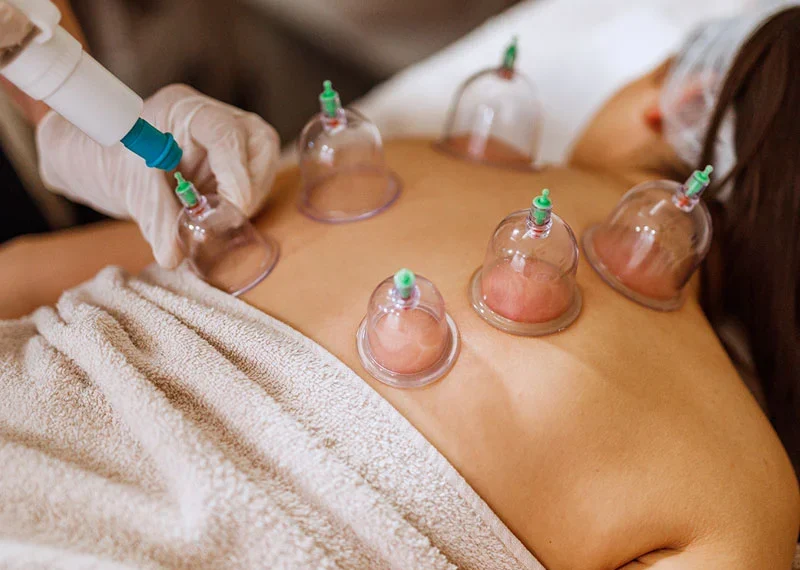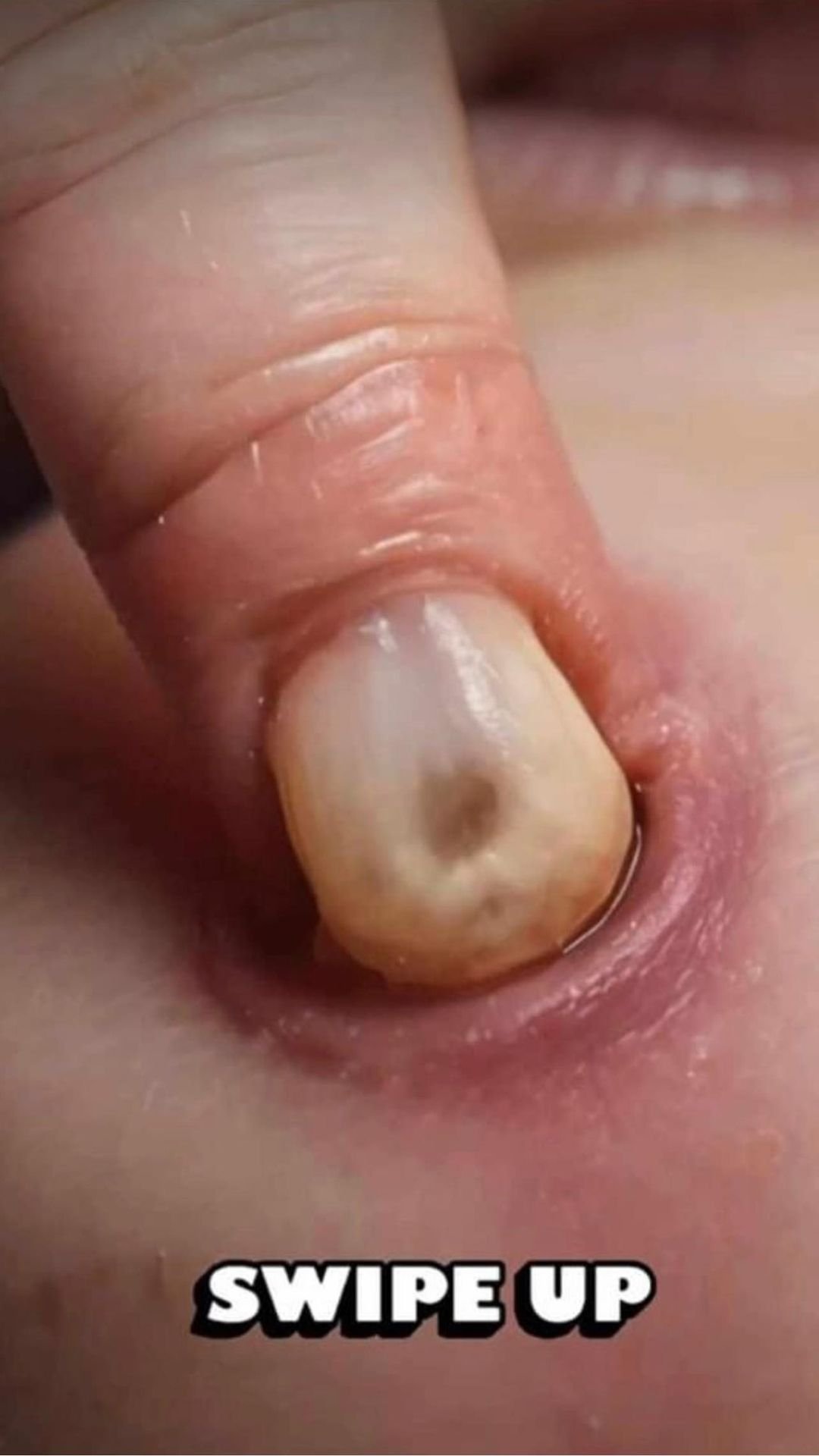
Cupping therapy is a traditional form of alternative medicine where therapists place special cups on the skin for a few minutes to create suction. This technique is used for various reasons, including pain relief, reducing inflammation, improving blood flow, enhancing relaxation and overall well-being, and as a form of deep-tissue massage. The materials used for the cups include:
- Glass
- Bamboo
- Earthenware
- Silicone
Although cupping has gained popularity recently, it is not a new practice. It traces back to ancient civilizations in Egypt, China, and the Middle East. The Ebers Papyrus, one of the world’s oldest medical texts dating back to 1550 B.C., documents the use of cupping by ancient Egyptians.
Types of Cupping
Cupping comes in two main types:
- Dry
- Wet
Both methods involve placing a flammable substance like alcohol, herbs, or paper in a cup and lighting it on fire. Once the fire extinguishes, the therapist places the cup upside down on the skin. As the air inside cools, it forms a vacuum that causes the skin to rise and redden as the blood vessels expand. Typically, the cup is left in place for up to three minutes. Modern techniques may use a rubber pump to create the vacuum, and silicone cups can be moved around the skin for a massage effect.
Wet cupping involves a mild suction that lasts for about three minutes before the therapist removes the cup and makes small cuts on the skin. A second suction is then applied to draw a small amount of blood.
A session may involve 3-5 cups initially, rarely exceeding 5-7 cups, according to the British Cupping Society. Post-treatment, an antibiotic ointment and bandage may be applied to prevent infection, with the skin typically returning to normal within 10 days.
Proponents of cupping believe it helps remove toxins and promotes healing, though this has not been scientifically proven. “Needle cupping,” where cups are placed over acupuncture needles, is another variation of the therapy.
Research and Effectiveness
Scientific research on cupping is limited. A 2015 study in the Journal of Traditional and Complementary Medicine suggested potential benefits for conditions like acne and herpes zoster. Earlier research in 2012 also indicated that cupping might be effective when combined with other treatments such as acupuncture or medications for various ailments including facial paralysis and cervical spondylosis. However, many of these studies may be biased, highlighting the need for more rigorous research.
The British Cupping Society lists cupping as a treatment for conditions like blood disorders, rheumatic diseases, gynecological issues, skin problems, high blood pressure, migraines, mental health issues, respiratory congestion, and varicose veins, though these claims lack robust research support.
Side Effects and Safety
Cupping is generally safe when performed by a trained professional, but possible side effects include discomfort, burns, bruises, and skin infections. Improperly sterilized equipment could also transmit bloodborne diseases.
Consulting Healthcare Professionals
Before starting cupping, it is advisable to consult with your doctor and discuss it thoroughly with your therapist to understand:
- The ailments cupping is purported to treat
- The therapist’s qualifications and experience
- Compatibility with existing treatments
- Potential reasons to avoid cupping
Source: NewsX48



